There are so many different products available for babies, it’s pretty easy to get overwhelmed. So the best place to start is with the essentials. Car seats and cots are two items that your baby is likely to spend a lot of time in so it’s important that you get ones that are not only comfy, but also safe.
We take a look at what legal safety standards apply and other things that you might consider when making these important purchases. These safety standards also apply to second-hand items including hand-me-downs from family and friends.
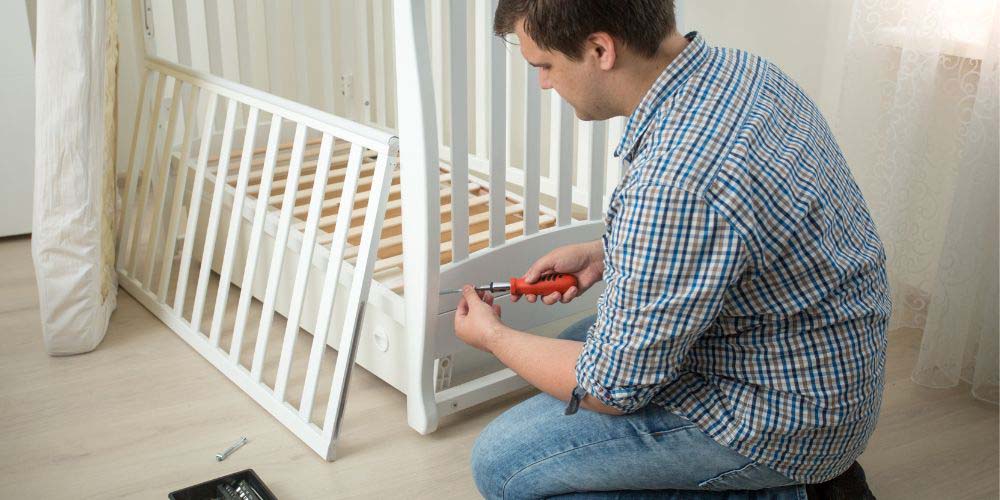
The cot lowdown
Your baby might be sleeping in their cot from birth right through to age two or older, so you want the cot you choose to be safe and sturdy. In New Zealand, all cots and mattresses sold must comply with the safety requirements of the National Standard AS/NZS 2172:2003 (with amendments), so when you’re buying new, look out for words on the label to the effect of ‘Complies with AS/NZS 2172:2013 Safety Standard’.
If you’re buying second-hand, the retailer needs to ensure the cot complies with the safety standard. Technically if you are being gifted the cot, the giver is responsible for ensuring it’s safe but it’s really important that you ensure the cot is compliant – after all, the safety requirements help to reduce the risk of injury to babies and young children.
Ensure the cot mattress fits the cot snugly and that the distance between the edges of the mattress and any end or side of the cot does not exceed 20mm. It is recommended that you buy a new cot mattress for your baby even if the cot is second-hand.
Choose a cot that is going to best fit your space, but as a general rule the bigger the better.
Drop-side cots are slowly being phased out, so look for a cot that has adjustable base heights so when your baby is a newborn they’re easy to reach, and when they are getting ready to pull up to stand and try to climb you can have the base on the lowest setting!
Know your car seats
It is a legal requirement that all children under 7 years old must use a suitable child restraint (car seat) when travelling in a car.1
Safety standard
The first car seat your baby will need is a capsule style but all car seats must meet an approved standard. Child restraints certified for use in New Zealand will show an ‘S’ mark (New Zealand Standard NZS 1754), or a tick (Australian Standard AS 1754), or an ‘E’ mark (European Standard ECE 44). Restraints that comply with the United States Standard (FMVSS 213) must, in addition to any other markings, display the New Zealand Standard ‘S’ mark, to show they have been certified for use in New Zealand.1
Car seats should not be used if it is more than 10 years old and if it has been in an accident. If you are buying or renting, check for cracks, wear and damage or any other sign of deterioration.
Baby capsules
Rear-facing is the safest for your new baby and that is why baby capsules are designed to go into your car this way. Most capsules simply click into a base that stays secured in the car and can also quickly be installed onto a stroller base. So convenient!
The key to choosing a capsule is getting one that, aside from meeting the safety requirements, fits well into the back seat of your car. Many car seat retailers have technicians who will help you establish the best one for you. Plunket also has an Injury Prevention Team while NZTA also has a list of certified child restraint technicians you can contact.
Hiring capsules is popular as it means one less item of baby paraphernalia lying around your house once you have finished using it, plus the initial cost is lower.
There are ‘convertible’ seats available that will take your baby from birth right through to around 18kg. These are bulkier than a capsule and are not easily carried or clicked in and out of the car, however, they are more cost-effective.
Moving on
Once your baby has exceeded the weight recommendations, or their head or feet are protruding from the top of the capsule it’s time to move to the next stage of car seats – rear-facing also.
It is recommended that children stay rear-facing for as long as possible. When using a rear-facing car seat ensure the harness is firm and flat against the baby and that their head is not slumping forward.
If your child outgrows the maximum weight or height of your rear-facing seat but they are still quite young (especially under two1) consider getting a larger rear-facing seat as it really is safer for them in an accident.
If you are uncertain about how to use or secure the car seat or not sure which one is the best one for your car, contact Plunket or a child restraint technician.
 Written by Robyn
Written by Robyn
Robyn creates content on Kidspot NZ. Her hobbies include buying cleaning products and wondering why things don’t then clean themselves, eating cheese scones with her friends, and taking her kids to appointments.
Favourite motto to live by: “This too will pass.”

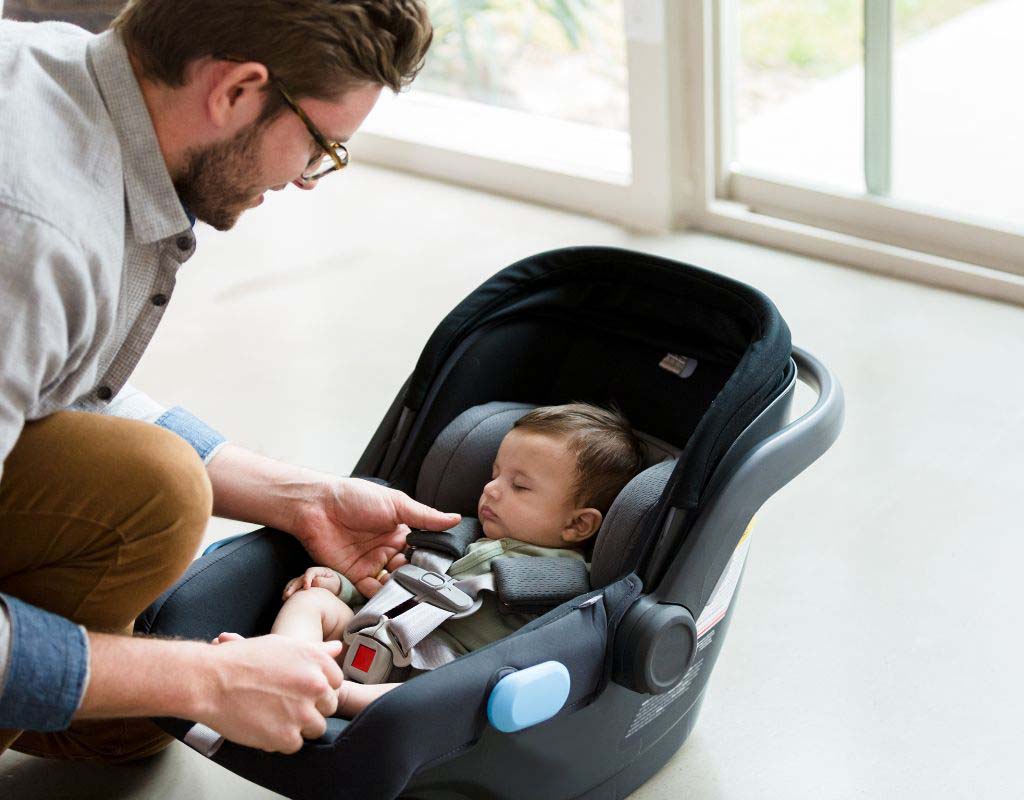
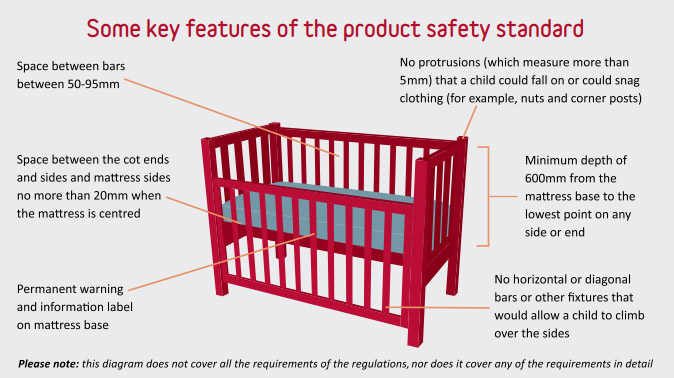


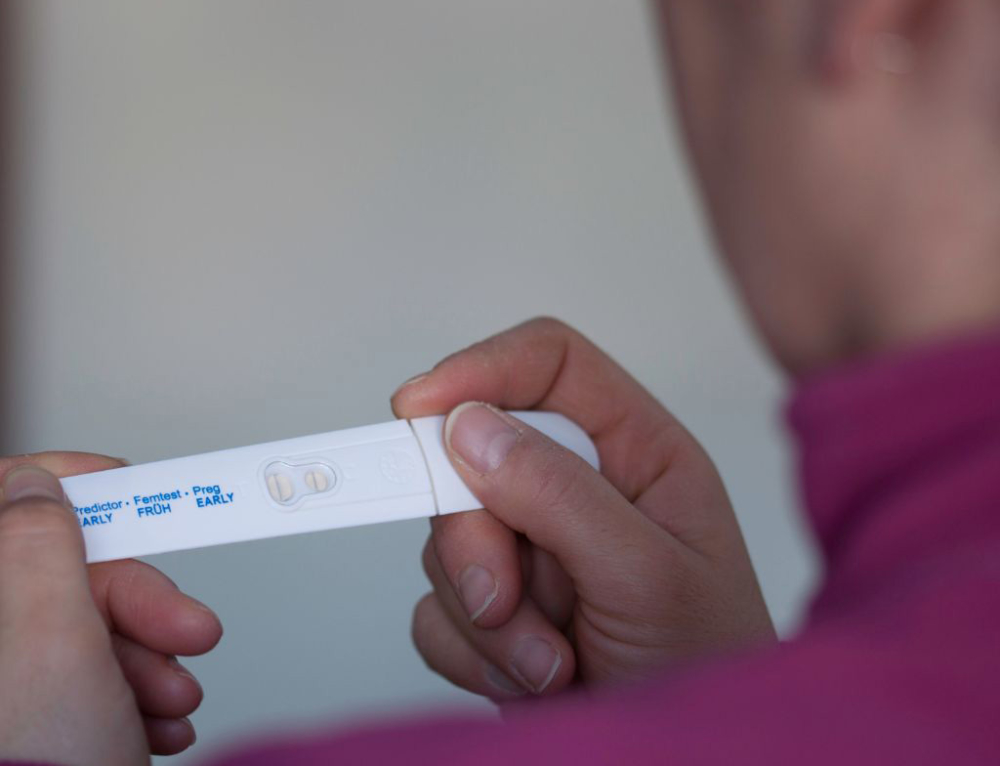

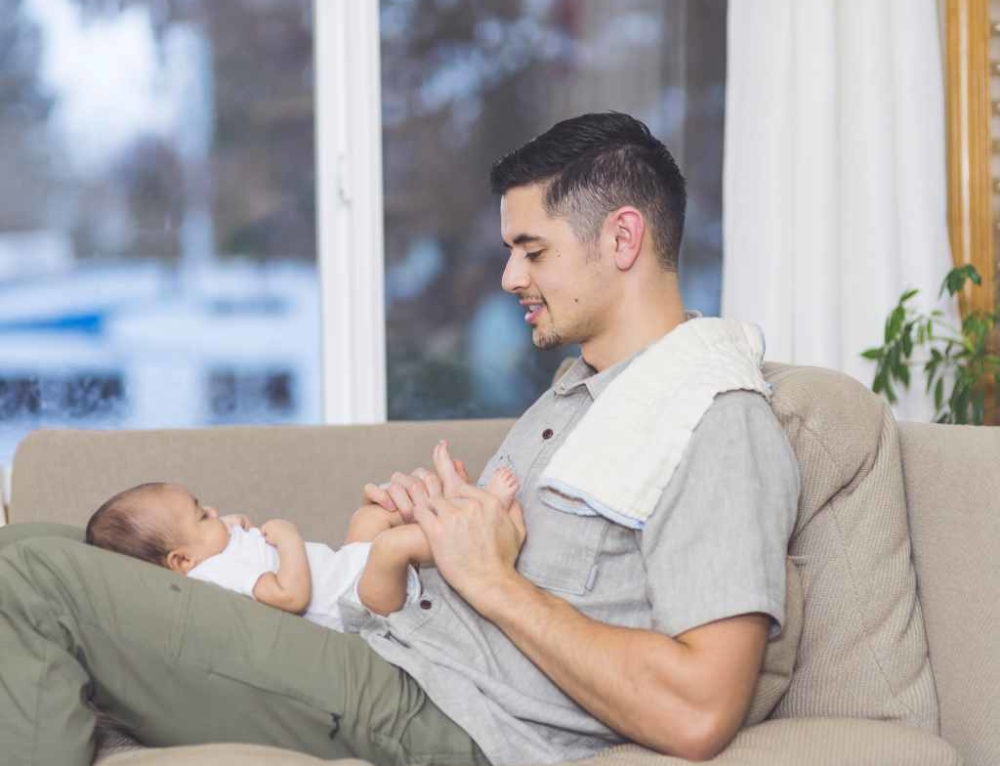
Leave A Comment
You must be logged in to post a comment.